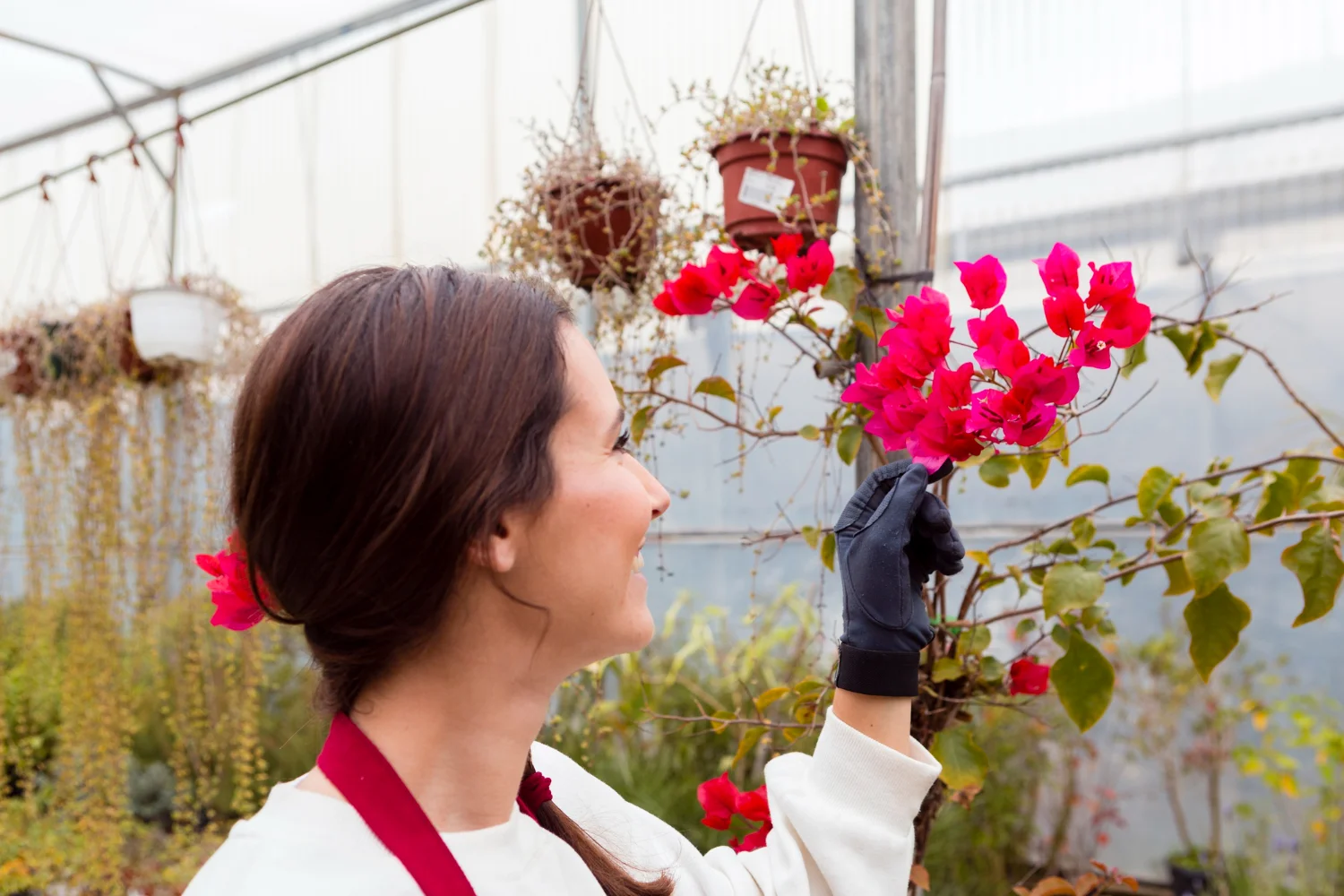Introduction: The Mandeville Plant Story
Once upon a time, in the lush, tropical gardens of the Caribbean, there flourished a plant that became a symbol of elegance and beauty: the Mandeville plant. Known for its vibrant, trumpet-shaped flowers and sprawling vines, the Mandeville plant captivated the hearts of gardeners and nature lovers alike. As the sun bathed the petals in hues of pink, purple, and white, it became clear why this climbing beauty was so loved. It wasn’t just the colors; it was the way it transformed any outdoor space into a paradise. In this article, we will explore the wonders of the Mandeville plant and why it is a must-have for gardeners looking to add a burst of color and charm to their landscapes.
What is the Mandeville Plant?
The Mandeville plant, scientifically known as Mandevilla, is a genus of tropical flowering vines native to Central and South America. Famous for its large, showy flowers and glossy green foliage, it’s an excellent choice for creating vertical beauty in gardens, balconies, and patios. The plant is often referred to as a “tropical beauty,” and for good reason its striking flowers and rapid growth make it an eye-catching addition to any garden.
Growing the Mandeville Plant: A Guide for Gardeners
Ideal Growing Conditions for the Mandeville Plant
Mandeville plants thrive in warm, sunny environments, making them ideal for tropical and subtropical regions. They require plenty of sunlight around 6 hours of direct sunlight each day to bloom to their full potential. While the plant can tolerate some shade, too little sunlight will affect its flowering. When choosing a location, consider placing your Man deville plant in a spot where it can climb freely, such as a trellis or pergola. These plants can grow quite tall and will appreciate the vertical space.
Soil and Watering Needs of the Mandeville Plant
Mandeville plants prefer well-draining, slightly acidic soil. Ensuring the soil is rich in organic matter will help promote healthy growth and vibrant flowers. The plant requires consistent watering, especially during the hot summer months. However, it’s important to avoid overwatering, as the roots are sensitive to waterlogged soil, which can lead to root rot. Always check the topsoil before watering; if it feels dry, it’s time to water.
How to Propagate the Mandeville Plant
Propagating the Man deville plant is relatively easy. The most common method is through cuttings. Cut a healthy vine, ensuring the cutting has at least two nodes (the points where leaves grow). Place the cutting in a pot with moist soil and keep it in a warm, shaded area until it roots. This process typically takes around two to three weeks. Once the roots have established, transplant the cutting into a larger container or directly into your garden.
Mandeville Plant Varieties
There are several varieties of the Mandeville plant, each with unique characteristics. Some of the most popular include:
- Mandeville ‘Pink’: This variety features soft pink flowers that brighten up any garden with their gentle charm.
- Mandeville ‘Red’: With deep red blooms, this variety offers a more dramatic effect and is perfect for creating bold color contrasts.
- Mandeville ‘White’: A more subtle option, this variety has pure white flowers that look stunning against green foliage.
Benefits of Growing the Mandeville Plant
Attractive Foliage and Flowers
One of the main reasons gardeners love the Mandeville plant is for its stunning flowers. The large, funnel-shaped blossoms in vibrant shades of pink, red, and white provide a tropical look that is both eye-catching and elegant. The glossy, dark green leaves complement the flowers, creating a balanced and lush appearance. This makes the Man deville plant a fantastic choice for hanging baskets, patios, and garden borders.
Supports Local Pollinators
The Mandeville plant is not just a beauty to behold; it also plays an important role in supporting local ecosystems. Its flowers attract hummingbirds, bees, and butterflies, which help pollinate nearby plants. This makes it an excellent choice for gardeners who want to create a wildlife-friendly garden that supports biodiversity.
Adds Vertical Interest to Your Garden
Mandeville plants are climbing vines, which means they can be trained to grow on trellises, fences, or even large trees. This ability to grow upwards allows gardeners to take advantage of vertical space, making the plant perfect for small gardens or areas with limited horizontal space. Whether you’re covering a wall with cascading flowers or creating a hanging garden, the Man deville plant will add vertical interest and charm.
How to Care for the Mandeville Plant
Pruning and Maintenance
Pruning your Man deville plant is essential for maintaining its shape and encouraging new growth. After the blooming season, trim back the vines to remove dead or damaged stems. This will allow the plant to focus energy on new, healthy growth. Regular pruning will also help prevent the vines from becoming too unruly and ensure the plant stays neat.
Feeding the Mandeville Plant
Feeding the Man deville plant with a balanced fertilizer during the growing season is important for keeping it healthy and promoting abundant blooms. Use a fertilizer that’s high in potassium, as this will support flower production. Fertilize every 4 to 6 weeks, but be sure to follow the instructions on the label to avoid over-fertilizing, which can harm the plant.
Protecting the Mandeville Plant from Pests
While the Man deville plant is relatively pest-resistant, it can occasionally attract aphids, spider mites, or whiteflies. Regularly inspect the plant for signs of pests and treat it with an insecticidal soap or natural remedies if necessary. Keeping the foliage clean and free of debris will also help prevent pest infestations.
Conclusion: Why You Should Grow the Mandeville Plant
The Mandeville plant is truly a gardener’s dream. With its eye-catching flowers, rapid growth, and easy care, it’s no wonder that this tropical vine has become a favorite for outdoor spaces. Whether you want to add vertical interest to your garden or enjoy the vibrant colors of its blossoms, the Man deville plant is sure to delight. Its ability to attract pollinators and its ability to thrive in various environments make it a wonderful addition to any garden. By following the simple care guidelines outlined in this article, you’ll be able to grow and enjoy this tropical beauty for years to come.
FAQs About the Mandeville Plant
Q: How fast does the Mandeville plant grow?
A: The Mandeville plant is a fast-growing vine, capable of reaching up to 10 feet in a single growing season with proper care.
Q: Can the Mandeville plant survive in colder climates?
A: Mandeville plants are tropical and cannot survive frost. In colder climates, they should be grown in containers and brought indoors during winter.
Q: Is the Mandeville plant toxic to pets?
A: Yes, the Mandeville plant can be toxic to pets if ingested. It’s important to keep it out of reach of animals, especially cats and dogs.



